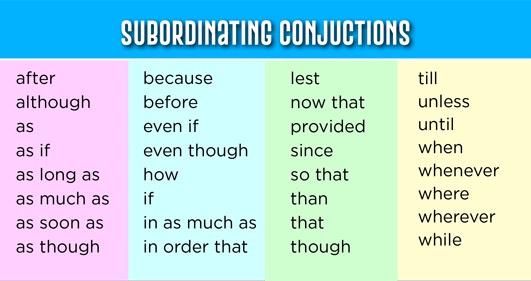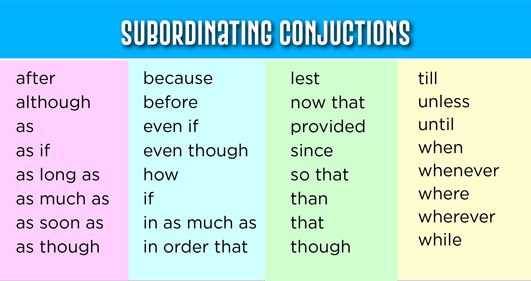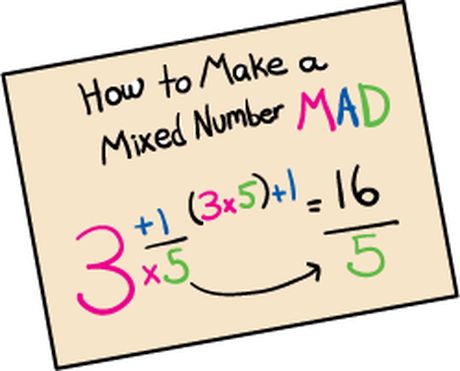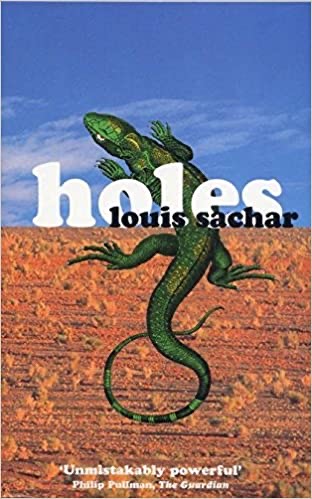Spellings: Today we are going back to practicing words with the suffix ending ‘cious’. With these word, usually if the root word ends in –ce, the sound is usually spelt as cious rather than ious – e.g, grace – gracious, space, spacious.
Your task: Can you practice some of the words you found yesterday using the look, write, cover, check method?
Arithmetic: This week, we are going to recap multiplying fractions. Remember, when you multiply a fraction by a whole number, you multiply the numerator (or top of the fraction) and when you multiply two fractions together, you multiply both the numerators together and both the denominators. If you want to challenge yourself further, you can have a go at simplifying the fraction after the calculation.
See if you can attempt these below:
4/7 x 3 =
5/6 x 4 =
9/12 x 7 =
7/8 x 9 =
3/5 x 4/9 =
5/9 x 6/7=
2/12 x 8/10=
Grammar: Today will be the last day we use subordinating conjunctions, before moving onto a different type of conjunction. Have a look at the picture attached called the Mountain pass, pretend you are venturing up the mountain, what happens next? Can you describe your surroundings and senses using a subordinate clause sentence? I have also attached the subordinate conjunctions below.
For example: As the winds grew stronger, it was almost impossible to see from the blizzard of heavy snow.
English: L.O: To have a P4C discussion.
Today I would like you to read up to the end of page 19 (beginning of chapter 8). Then, I would like you to have a P4C discussion based around this question: Do you think this is an adequate punishment for young boys?
Maths: We are continuing with fractions today. Have a look at the list of suggested learning ideas below, there are lots of practical and printable activities to have a go at, I would love to see some of the activities you have had a go at! Can you choose something different today?
Topic: For the next four weeks, you will be studying Mexico!
Everyone in the school is doing the same project so that if you have younger siblings, then you can all do similar activities and teach each other things.
I have suggested some activities below which are suitable for a Year 5/6 class but can also be done by younger children with some help.
Choose the activities you would most like to do and present them creatively! You can present your work however you like, for example, in the form of artwork, a scrapbook, a PowerPoint.
Our weekly focus for this week is Climate and Geography.
Suggested activities for the week:
• Locate Mexico on a map and describe its location. What continent is it in? Which other countries are near it? Is it in the northern or southern hemisphere?
• Research the weather in Mexico. Is it similar to the weather in the U.K.? Why might this be the case? Could you create a temperature/rainfall graph to show the temperature/rainfall throughout the year?
• Are the seasons the same in Mexico? Why/why not?
• Research the plantlife in Mexico. Are there any species of plant native to Mexico? Could you draw or paint these?
• Research the wildlife of Mexico. Present this information in a fun way- perhaps in a poster.
• What is the landscape of Mexico like? Are there any famous mountains or rivers? Is it similar of different to the U.K.?
• Have there been any big natural disasters in Mexico? Why have these happened? You could write a newspaper report of one of these or a diary entry from someone who was there.
• Research famous landmarks in Mexico.
• Research the capital city of Mexico and compare it to other capital cities.
Thank you for your continued support,
Miss Coates.


















